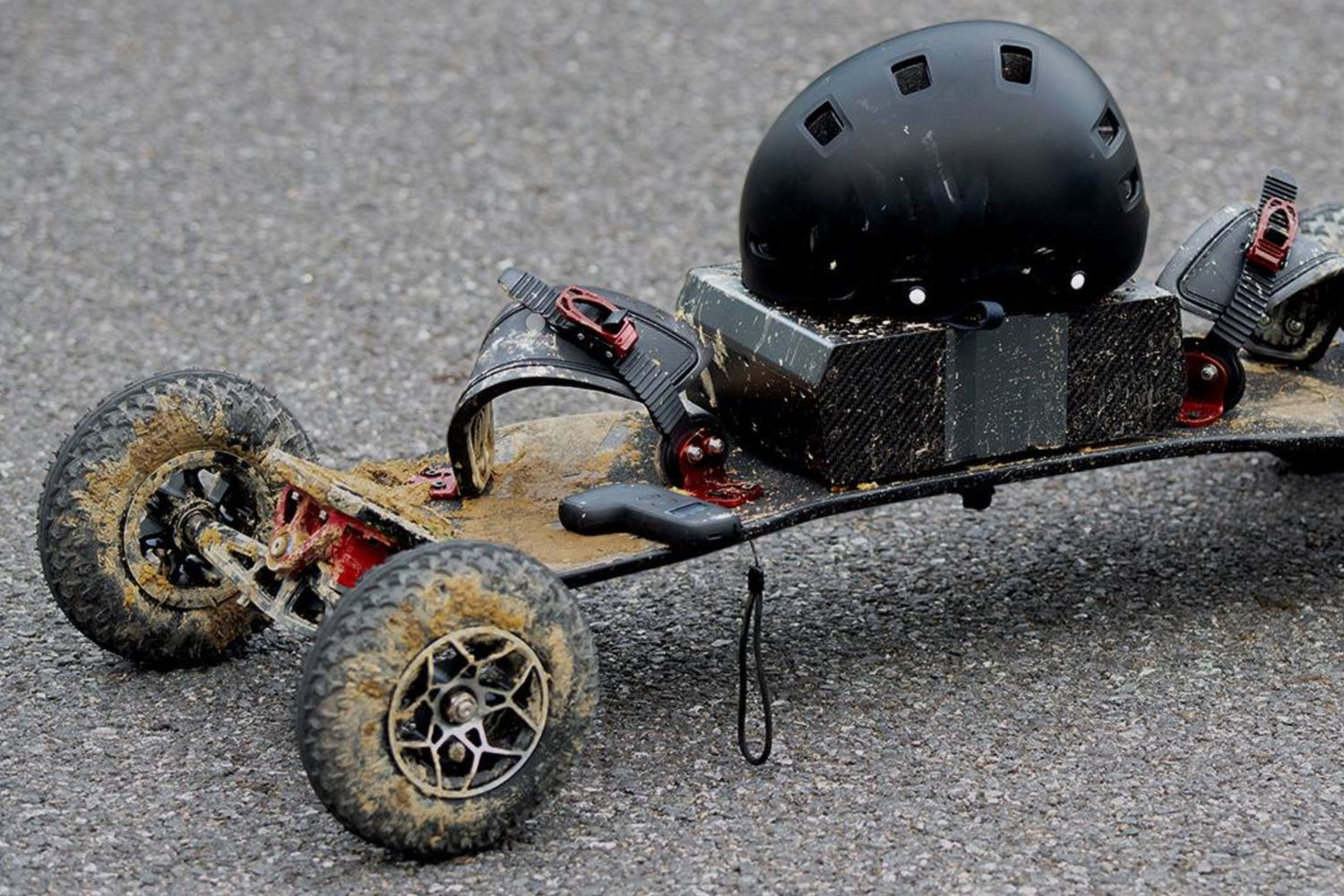That is the question. Bindings, also called foot straps, can sometimes be a controversial topic in the electric skateboarding world. They aren’t used by most riders, yet you are starting to see them more and more on premium boards, race boards, and of course, off-road boards. You’ll often see online the same concerns regarding their use, the risk or negatives they might bring, and what positives they provide to the ride. Today, we’ll go through it all.
What Are Foot Straps and Bindings for?
Foot straps, or bindings, are mechanisms that attach your feet to the deck of an electric skateboard. They come in various forms, primarily categorized as full or half bindings. Full bindings use systems like ratchets or Velcro to secure the top of your foot and may include heel straps for added security, similar to snowboard bindings. This setup ensures that your feet stay in place but can make it harder to quickly remove them.
Half bindings, to clips, only block one side of your foot, allowing for easier removal while offering less security. These are designed for riders who want a balance between some degree of foot attachment and the ability to quickly get their feet out if needed.
Are Bindings Safer or More Dangerous?
The safety of bindings on electric skateboards often sparks debate. One common concern is that bindings can make it harder to quickly "eject" from the board in emergencies, such as avoiding obstacles or handling speed wobbles. Without bindings, you can jump off the board to avoid danger, which many riders find reassuring. And in that sense, that is very true. Often times, being able to jump away from your board especially when it’s not a very agile one, can save you.
However, bindings also offer notable safety benefits. They enhance control and stability, allowing you to handle the board better during sharp turns or sudden manoeuvres, which can reduce the likelihood of losing control. Bindings help maintain better balance and can decrease the chances of wobbles. That’s because when using them, the board almost feels like a part of your body, an extension of your legs. The weight of the board keeps you planted to the ground.
It’s also worth noting that bindings, when not tightened excessively, can still allow you to pull your feet out in an emergency. This means that, in some cases, bindings can offer increased control while still allowing for a degree of emergency manoeuvrability, and even more so with half bindings.
Also, jumping off the board might lead to a less controlled fall, where the rider might try to outrun the fall but end up in an even worse situation, and end face first against the pavement or a wall. There are rides, on and off asphalt, where myself would feel unsafe if I wasn’t using bindings at high speeds or very uneven terrain.
What Are the Positives of Using Bindings?
As mentioned previously, bindings transform the board into an extension of your legs, providing far more control than relying solely on the grip of your shoe's sole. It keeps you planted to the road, thanks to the weight of the board itself. Without bindings, you're dependent on your shoe's grip, which offers less stability, particularly on rough terrain where debris or uneven terrain can easily throw you off balance.
Bindings excel off-road by keeping you securely attached to the board, allowing better handling of obstacles and sudden surface angle changes. In urban environments—often more treacherous than the forest, with the potholes, curbs, fast-moving cars, and pedestrians—the same benefits apply, giving you greater stability and control to handle the chaos of the city.
They also allow for tighter turns and sharper control, letting you apply more force with your feet to improve manoeuvrability, even with tighter truck settings that would be unmanageable without them. This is why many professional riders use bindings in races. Finally, bindings enable you to jump higher and easier, adding a new dimension to your riding experience.

Which Bindings Are For Me?
Bindings are most commonly used on electric mountain boards, which feature flexible decks, channel trucks, and top-mounted batteries for off-road use. Bindings greatly enhance control and agility on these boards, especially on rough terrain or during jumps. Without bindings, these boards are less nimble and less enjoyable to ride. Just like our Nyx Z1 or Z3, for example, bindings are highly recommended to unlock their full potential.
At Acedeck, we focus on delivering the best possible boards, which is why we recommend pairing them with the top-quality MBS F5 bindings, instead of shipping them with a worse option. That’s why our boards come pre-drilled, to make installation of your favourite bindings much easier. For a more open option, TOMIBOI toe clips, or Freeboard S2 bindings are ideal, as they’re easy to get in and out of, making them suitable for riders with different stances.
If you’re unsure about bindings, give them a try—they can greatly enhance your riding experience. And if they’re not for you, you can always resell them!




Leave a comment
All comments are moderated before being published.
This site is protected by hCaptcha and the hCaptcha Privacy Policy and Terms of Service apply.